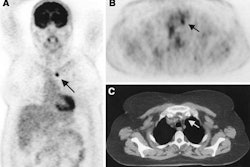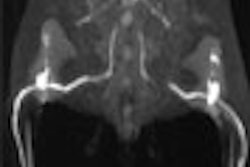The average U.S. radiation oncology practice center is short nearly three full-time healthcare professionals, according to the results of a survey conducted by the American Society of Therapeutic Radiology and Oncology (ASTRO). The study, published in the June 2003 issue of the International Journal of Radiation Oncology, Biology and Physics (Vol. 56:2, pp. 309-318), analyzes the results of a one-page survey sent to 3,174 ASTRO members representing 1,400 radiation oncology practice centers. The return rate of the survey was 91%, said the Fairfax, VA-based society.
The shortage of radiation oncology professionals is more acute in academic centers, a mean shortage of 2.4 personnel for private practices vs. 3.7 for academic centers, according to the survey. On average, U.S. practices have a shortage of 18.3% of radiation therapists (15.5% in academic practices, 19.1% in private practices). Overall, this represents a current U.S. shortage of approximately 1,800 additional therapists.
The society has a grant program to increase the number and size of RT(T) training programs, as well as to develop and distribute a recruitment video to high schools and junior colleges. It is also working on expanding the distance-based and Internet learning approaches to improve the shortage. According to ASTRO, there were no distance-based RT(T) training programs in the mid-1990s; currently there are three, with five more expected within the next year.
By AuntMinnie.com staff writersMay 28, 2003
Related Reading
ASTRO members see higher dues in 2003, January 10, 2003
ASTRO offers employment listings, September 18, 2002
ASTRO names new executive director, July 10, 2002
Copyright © 2003 AuntMinnie.com



















